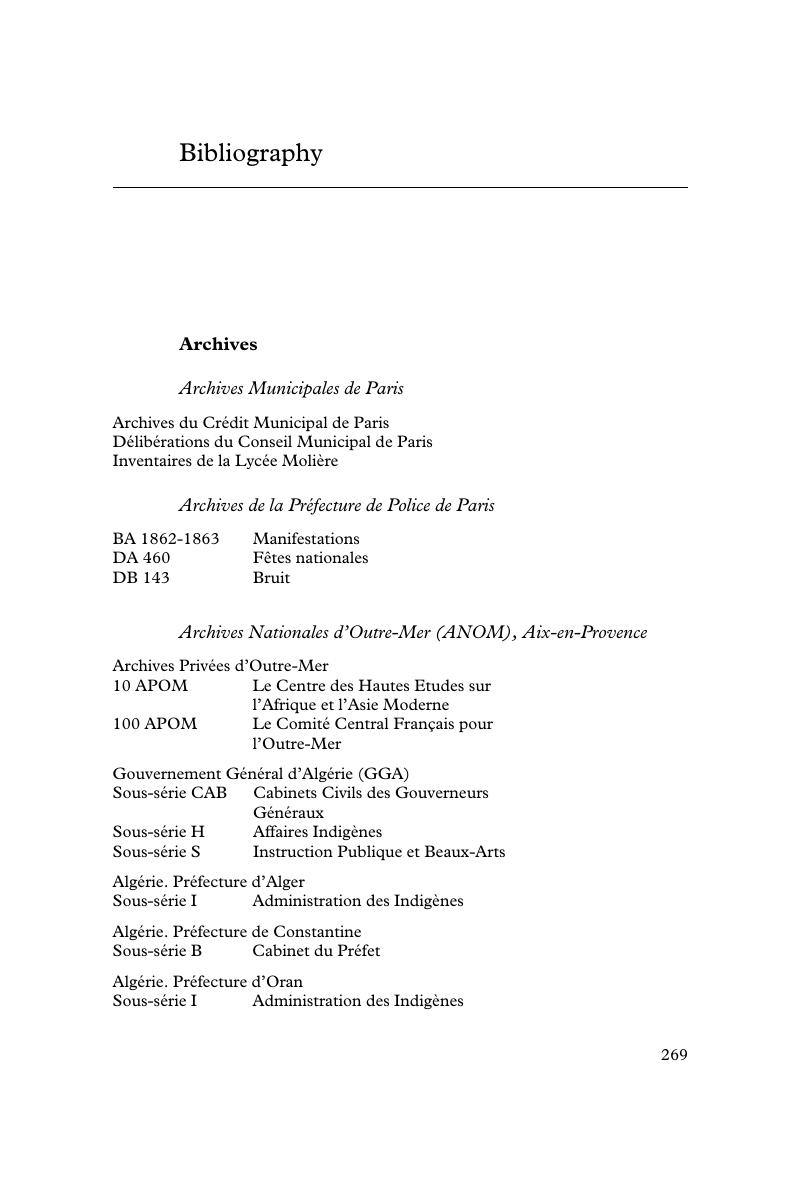Book contents
- Radio and the Politics of Sound in Interwar France, 1921–1939
- Cambridge Social and Cultural Histories
- Radio and the Politics of Sound in Interwar France, 1921–1939
- Copyright page
- Contents
- Illustrations
- Acknowledgments
- Introduction
- 1 Radio broadcasting and the soundscape of interwar life
- 2 Disabled veterans, radio citizenship, and the politics of national recovery
- 3 Cosmopolitanism and cacophony
- 4 Learning by ear
- 5 Dangerous airwaves
- Conclusion
- Bibliography
- Index
- Social and Cultural Histories (CSC)
- References
Bibliography
Published online by Cambridge University Press: 05 February 2016
- Radio and the Politics of Sound in Interwar France, 1921–1939
- Cambridge Social and Cultural Histories
- Radio and the Politics of Sound in Interwar France, 1921–1939
- Copyright page
- Contents
- Illustrations
- Acknowledgments
- Introduction
- 1 Radio broadcasting and the soundscape of interwar life
- 2 Disabled veterans, radio citizenship, and the politics of national recovery
- 3 Cosmopolitanism and cacophony
- 4 Learning by ear
- 5 Dangerous airwaves
- Conclusion
- Bibliography
- Index
- Social and Cultural Histories (CSC)
- References
Summary

- Type
- Chapter
- Information
- Radio and the Politics of Sound in Interwar France, 1921–1939 , pp. 269 - 290Publisher: Cambridge University PressPrint publication year: 2016

